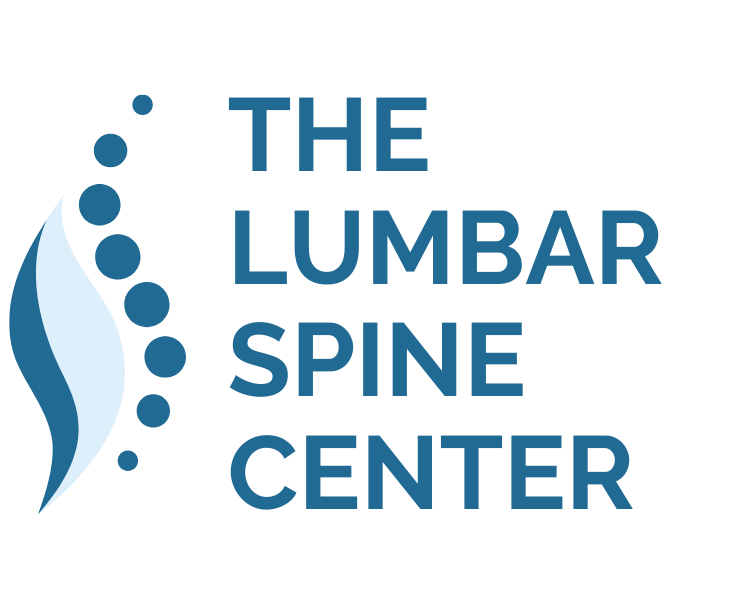08 Dec What is Laser Spine Surgery?
Patients are repeatedly drawn to the word “laser” whenever it is seen in context with any surgery, but in particular, when seen around spine surgery.
Years ago, a private equity group and two spine surgeons created the “Laser Spine Institute” which had multiple locations throughout the country. Patients would travel from all over to be seen by one of their surgeons. Most patients decided to have surgery with them at one of their many outpatient facilities.
Unfortunately, the doors of the Laser Spine Institute were abruptly closed on March 1, 2019. Although there were numerous patient complaints, the closing stemmed from a longstanding lawsuit between the founders and surgeons. Regardless, the surgeons at the Laser Spine Institute rarely used a laser and in fact, simply performed the common spine surgeries we all do as Neurosurgeons.
Routinely speaking, there are no lasers on the market approved for use in spine surgery that would make a difference in a patient’s outcome. In general, patient outcome is highly correlated with two major factors:
- Length of surgical time
- Amount of blood loss
When a surgical procedure approaches four hours or the blood loss is over 1 liter (20% of your typical blood volume), then the risk of complications starts to increase. If your surgery is four hours and you lose a liter of blood, it does not mean you will have a complication; just an increased risk.
Over the past 20 years, spinal procedures such as anterior cervical diskectomy and lumbar fusion have seen their length of stay dramatically reduced. Most patients who undergo cervical surgery are discharged the same day. When I started my training, these patients were in the hospital for 2 to 4 days. Lumbar fusion patients are routinely going home the day after surgery and again, compared to when I was in training, these patients stayed even longer.



